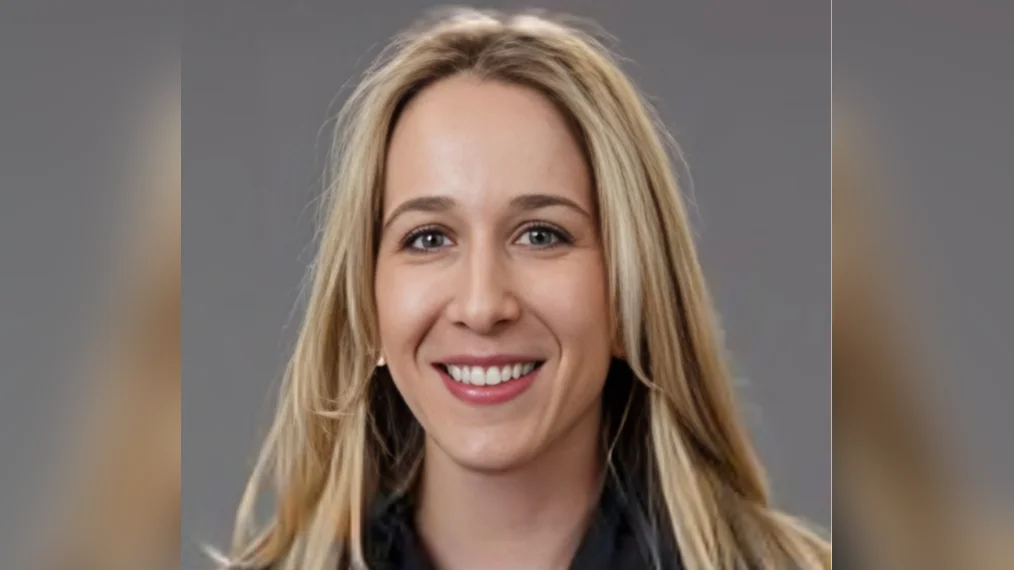Construction Association Officials Note that New Proposal, However, Fails to Address Regional Weather Variations, Should Outline Steps Workers Must Take to Protect Themselves from Heat Exposure
The chief executive officer of the Associated General Contractors of America, Jeffrey D. Shoaf, released the following statement in response to the release of a new proposed federal heat safety rule by the Occupational Health and Safety Administration:
"The proposed new federal heat safety rule codifies many of the heat safety practices the construction industry already uses to protect workers. Those measures, which broadly fall into the categories of water, rest, shade and training, were crafted by construction firms as part of their general duty obligations to protect workers and keep them healthy.
"It is disappointing, however, that federal officials have not addressed the disparate impacts of heat in various parts of the country. In short, the impacts on worker safety of a 90-degree day in Mississippi are different than a 90-degree day in Alaska. The final version of the rule should take into account regional differences in weather patterns.
"The proposal also lacks any emphasis on the role workers must play to protect themselves from the heat. Heat safety does not begin at the job site and the rule should include measures designed to reinforce the role workers play in protecting themselves. These measures include self-hydrating, understanding how common health conditions and medications contribute to heat stress and avoiding excessive consumption of drinks containing caffeine and alcohol during periods of extreme heat. All of which the agency is aware.
"We appreciate the opportunities we have had to help federal safety officials learn about successful methods of protecting workers on job sites. That communication is one reason why so many of the measures outlined in the proposed new rule track with industry practices that are already in use. We are in the process of reviewing all details of the new proposal with our members to ensure we can provide feedback to agency officials.
"Overall, this proposed new rule provides a starting point for creating measures to protect workers that are based on what the industry is already doing. We look forward to working with federal officials to craft a final rule that includes effective measures for firms and workers to follow. That final rule should also avoid the kind of one-size-fits-all approaches that will do more to hamstring firms than to protect workers."


